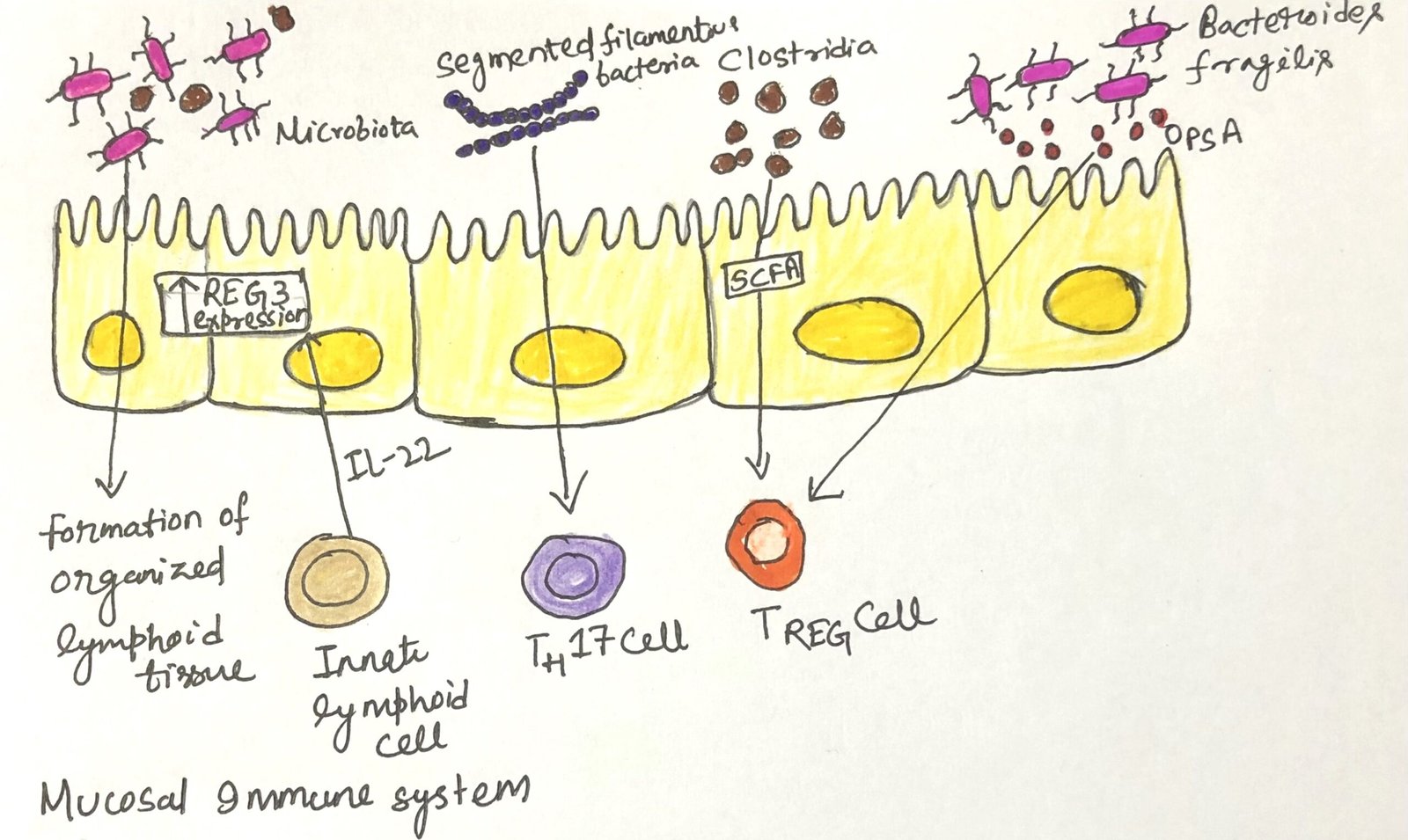The intestinal immune system recognizes and responds to pathogens
In this article, I briefly describe how the intestinal immune system recognizes and responds to pathogens. Intestine and pathogens Most organisms that live in harmony with us are not harmful and help create a tolerant environment in the intestines. The gut immune system ensures a safe separation between the epithelial surfaces and even the beneficial … Read more >>


